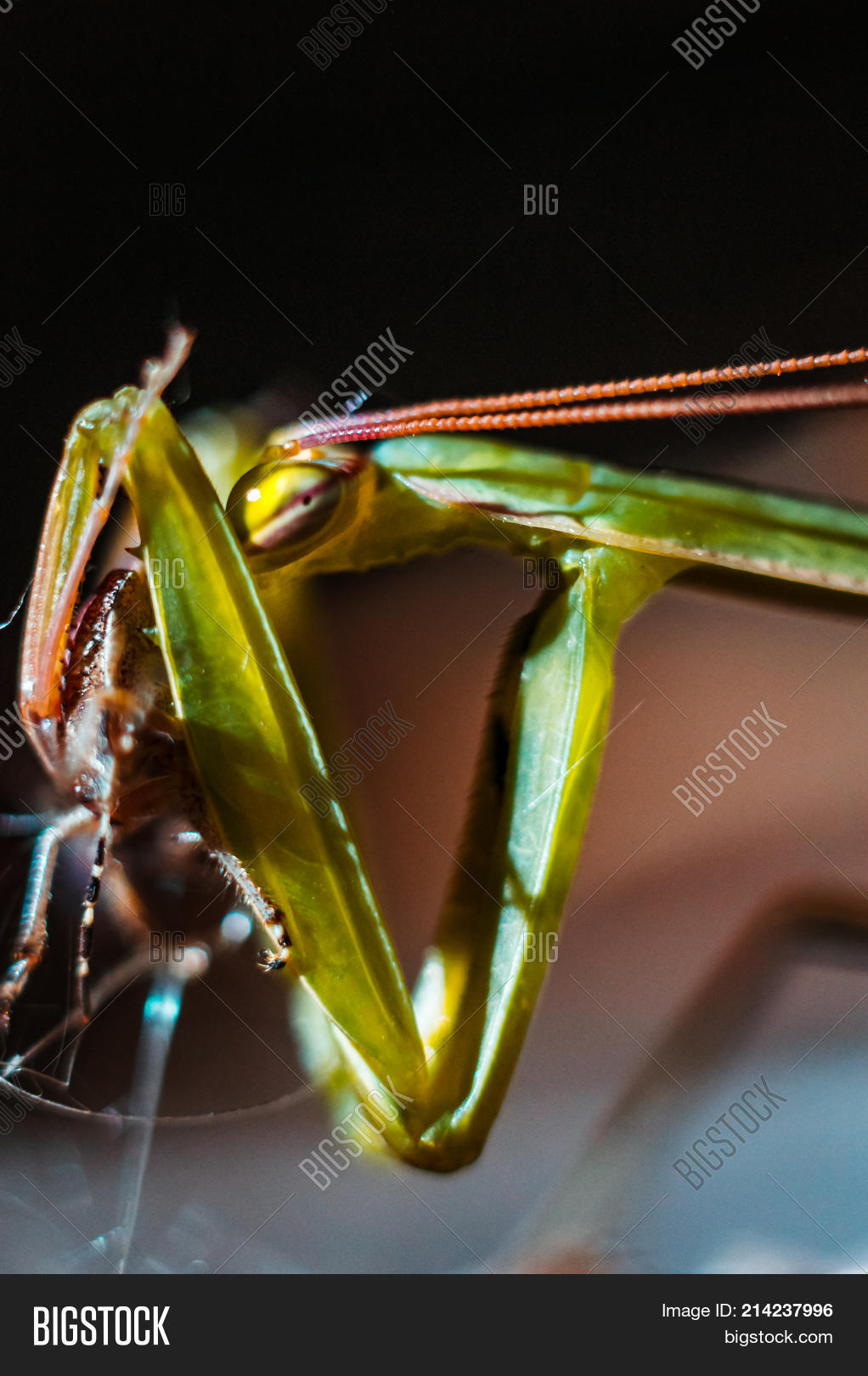
It pays to look at the small things in the great outdoors. I think that’s a pretty big story to come out of a homely little ootheca! Now that the days are warm, I’m checking regularly to see if those hundreds of hatchlings have burst into the world. Opportunistic and pragmatic, they are fascinating examples of nature’s unique engineering. They are not warm and fuzzy yet neither all good nor all bad. With their triangular heads, which can swivel 180 degrees, compound eyes that enable them to detect movement with precision, and their front legs perfectly built for swiftly snatching prey, mantises are almost alien in their appearance. They are not particular in their tastes and, among other things, eat grasshoppers, crickets, earwigs, and tomato worms as well as beneficial insects such as lady bugs and various pollinators. Mantises lie in wait for prey to come their way, then, with great speed, they ambush the unsuspecting insect. As they dry out, they will disperse, but if there is not enough to eat, the young will begin to consume each other. Nymphs do not go through a metamorphic stage but resemble the adult when they hatch. Young mantis will feed on soft-bodied insects like mosquitoes, caterpillars, flies, and the infamous garden enemy aphids. In spring, about mid-May, the young hatch. She then attaches the egg case to a leaf or twig where it remains over the winter. After they mate, the female devours the male although sometimes she does this during mating. Their other behaviors, however, give a different impression. They do eat aphids and other soft-bodied insects when young but then move on to larger insects.īecause they hold their front legs in a praying position and because they perch patiently on bushes and plants waiting for food, they have been invested with spiritual meaning by some cultures. I had heard they are beneficial because they eat, among other thing, aphids. The discovery of two egg cases this spring led me to learn more about this insect. We had only started noticing praying mantises in our yard a couple of years ago, and we had never seen the egg cases or ootheca. Most likely it’s the egg case of a praying mantis. At first glance, it might resemble a dried leaf that has curled or a canker of some sort with a circumference roughly equal to that of a quarter. However, you don't want the cage too big, as they'll have trouble hunting down their food.One of the signs of spring that can easily be overlooked is a globular formation attached to a twig in a tree or on a shrub.That gives the container ventilation and provides something for the mantis to hold onto at the top. Then, put a piece of toilet paper across the top of the jar before putting the lid on. You can also cut a large hole out of the center of a plastic lid.With petal-like legs and a yellow or whitish pink color, females share little.

For a small praying mantis, you can even use a glass food jar as long as you poke holes in the top for ventilation. When its a female orchid praying mantis, a Southeast Asian insect that masquerades as a flower to attract prey.However, some younger insects will be able to slip through the mesh, so this isn't a good choice for a young mantis. The whole cage can be made out of mesh as long as the mantis is an adult, as they like to cling to it. Despite being voracious and deadly predators, praying mantids are not entirely beneficial insects.The cage can be made of plastic, glass, or mesh, as long as it has some holes in the top for ventilation. Make sure it has a secure, screened lid to allow for proper airflow.

You can use a small vivarium, for instance. Get a cage that's 3 times the length and twice the width of the insect's body.


 0 kommentar(er)
0 kommentar(er)
